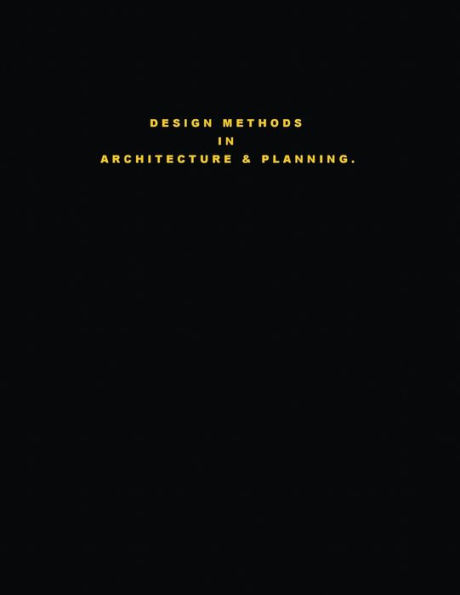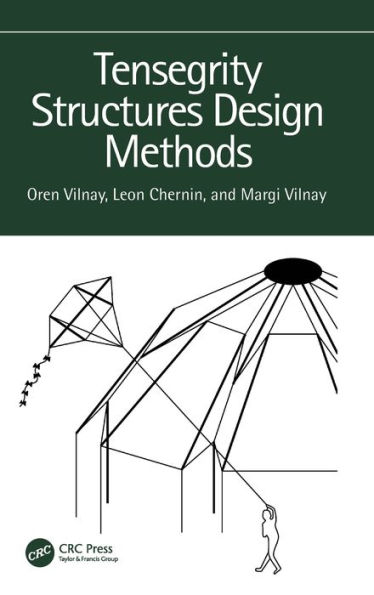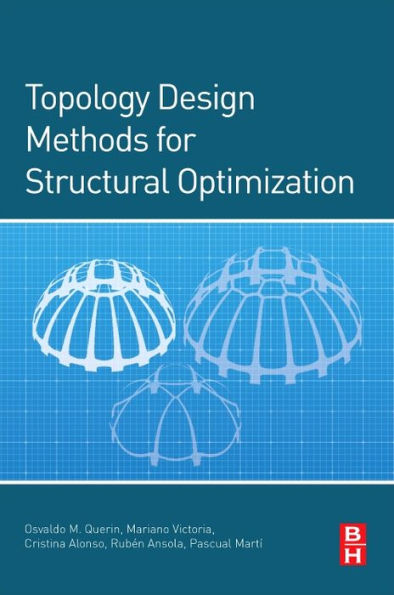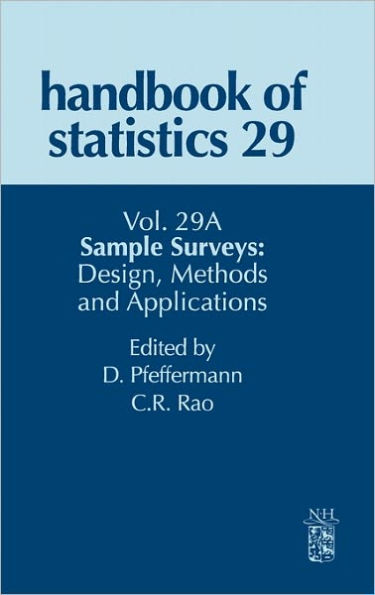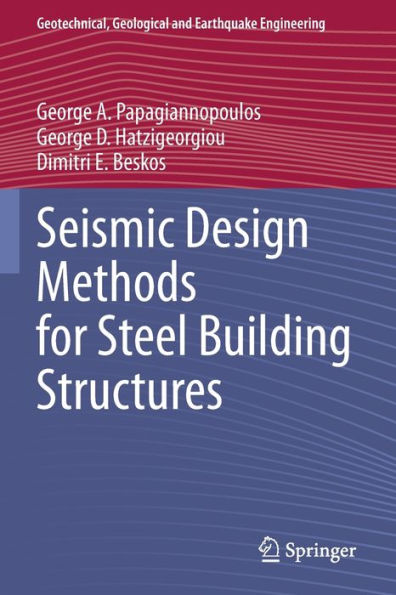Home
Tunnel Design Methods
Barnes and Noble
Tunnel Design Methods
Current price: $160.00
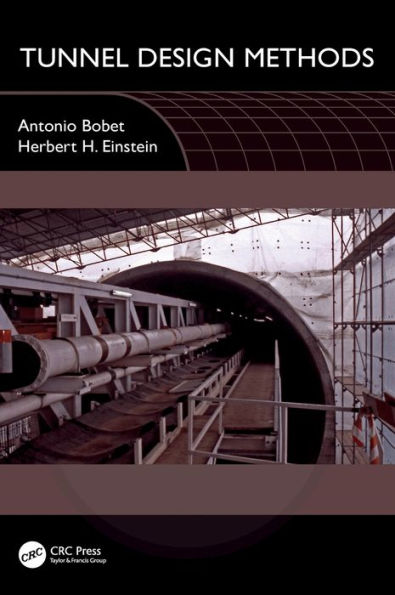

Barnes and Noble
Tunnel Design Methods
Current price: $160.00
Size: Hardcover
Loading Inventory...
*Product information may vary - to confirm product availability, pricing, shipping and return information please contact Barnes and Noble
Tunnel Design Methods
covers analytical, numerical, and empirical methods for the design of tunnels in soil and in rock. The material is intended for design engineers looking for detailed methods, for graduate students who are interested in tunnelling, and for researchers working on various aspects of ground-support interaction under static and seismic loading.
The book is divided into seven chapters, covering fundamental concepts on ground and support behavior and on ground-excavation-support interaction and provides detailed information on analytical and numerical methods used for the design of tunnels, with applications, and on the latest developments on empirical methods. The principles and formulations included are used, throughout the book, to provide insight into the response of tunnels under both simple and complex loading conditions, thus providing the reader with fundamental understanding of tunnel behavior.
Both authors have experience in tunnelling and have worked extensively in practice, designing tunnels both in the United States and abroad, and in research.
covers analytical, numerical, and empirical methods for the design of tunnels in soil and in rock. The material is intended for design engineers looking for detailed methods, for graduate students who are interested in tunnelling, and for researchers working on various aspects of ground-support interaction under static and seismic loading.
The book is divided into seven chapters, covering fundamental concepts on ground and support behavior and on ground-excavation-support interaction and provides detailed information on analytical and numerical methods used for the design of tunnels, with applications, and on the latest developments on empirical methods. The principles and formulations included are used, throughout the book, to provide insight into the response of tunnels under both simple and complex loading conditions, thus providing the reader with fundamental understanding of tunnel behavior.
Both authors have experience in tunnelling and have worked extensively in practice, designing tunnels both in the United States and abroad, and in research.
